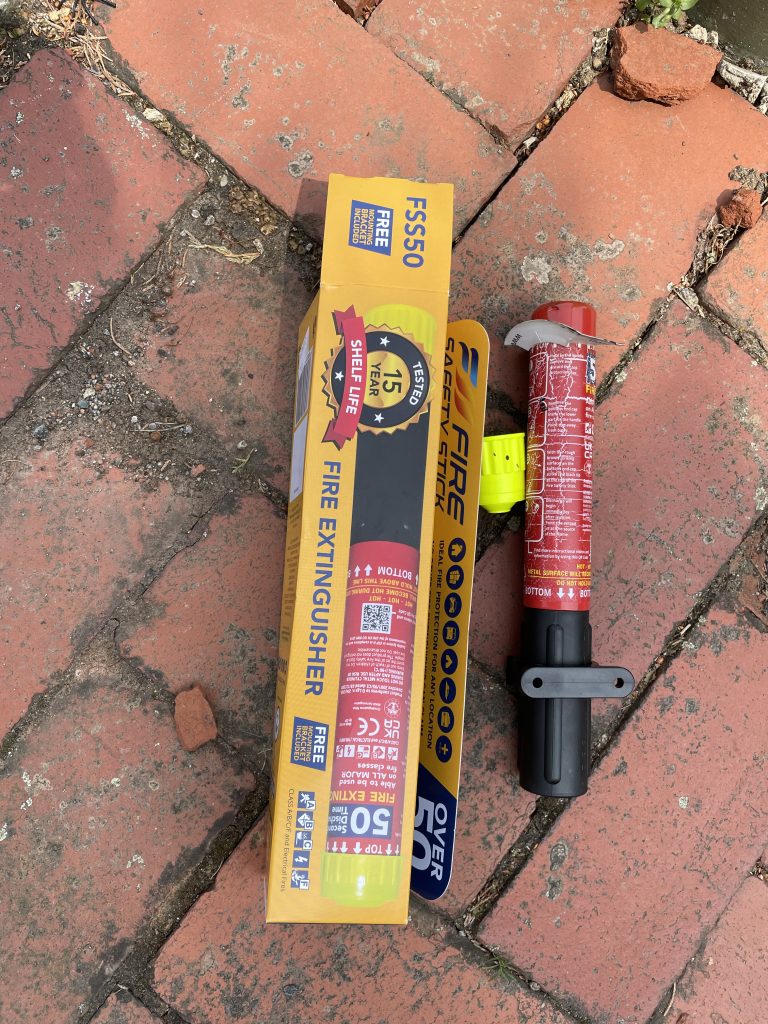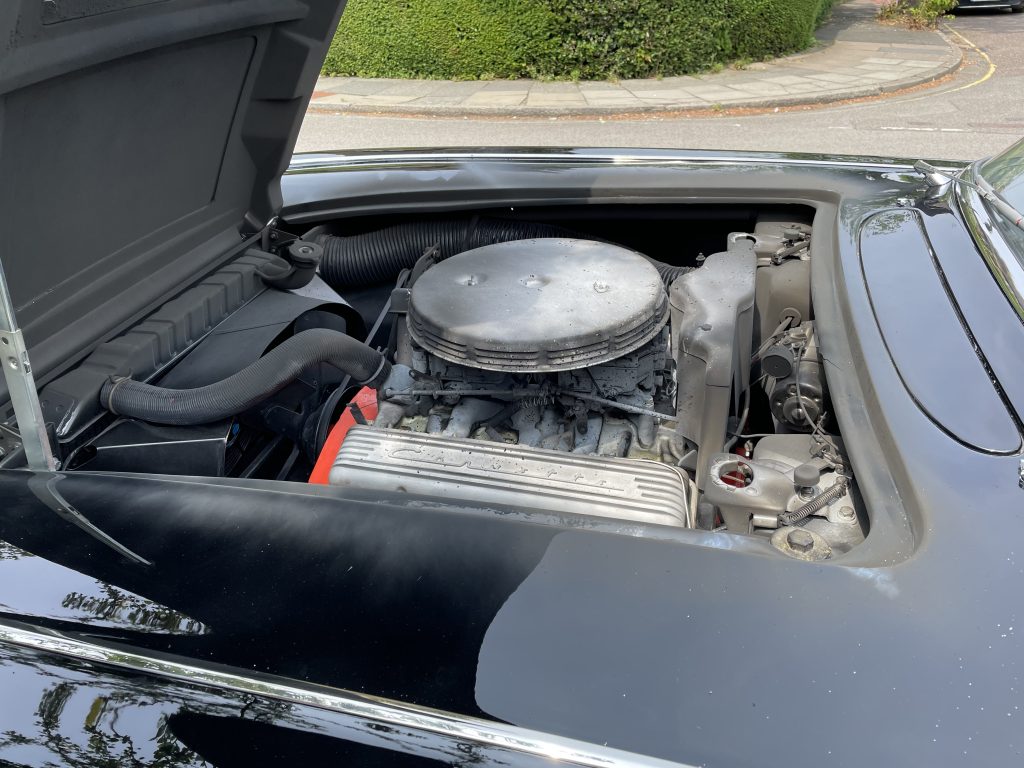It was a regular Saturday. I was tinkering with a sticky carburettor float on my Lotus Esprit when a neighbor pulled up in his mint 1959 Chevrolet Corvette.
We got talking, bonding over the pitfalls of fibreglass bodywork, and other assorted highs and lows of the old car ownership. We exchanged numbers and agreed to head out on an early Sunday morning coffee run in our classics.

The weather was hot. When he went to restart the ‘Vette it just wouldn’t play ball. We wondered if it was flooded or the high temperatures were causing a fuel evaporation problem. Talk, however, is cheap and it was clear that he couldn’t leave his car in the road, so my wife and I began to roll it gently to the curb.
As we pushed, ominous black smoke started spewing from under the hood. My neighbour hopped out and popped the engine cover. Flames leapt out from the edges and I shouted for him to close the hood, while I sprinted back to the Esprit to grab an extinguisher.
Specifically, I grabbed a recently-purchased Fire Safety Stick, which had been recommended by a fellow Esprit enthusiast. Lighter (just 215 grams) and more compact than a regular powder extinguisher, the stick is not unlike a flare, but with the opposite effect.
I rapidly read the instructions, removed the safety cap and struck the top of the stick with the igniter. Inside, the triggered chain reaction caused the stick to emit a powerful spray of nitrogen and potassium free radicals, which starve any fire of oxygen.

Mr. Corvette (he prefers to keep his name out of it) opened the bonnet again and I pointed the stick at the air filter where the flames were spewing out. He then grabbed it off me to run around the other side of the car and finish the job. Within a minute the fire was out, and a £100,000 vehicle was saved.
Amazingly, there was only a small amount of blistering on the bonnet from the heat. Even more remarkably, when the owner had to move the car a day later it started on the button.
The people behind the Fire Safety Stick told me that’s down to the fact that the product leaves almost no residue behind.
Andrew Robinson from Argento Global Solutions, the company that imports the stick in the U.K., explains that’s why many motorsport teams have now started carrying Fire Safety Sticks in addition to traditional plumbed-in extinguisher systems.
The technology, he explained, was actually invented in Soviet Russia during the space race, but it wasn’t until 20 years ago or so that an Italian company bought the rights and began manufacturing and selling the devices.
Having seen the stick in action, I immediately ordered another and highly recommend you do the same. Meanwhile, my neighbor, who has a collection of 11 classics, has probably become their biggest customer.










